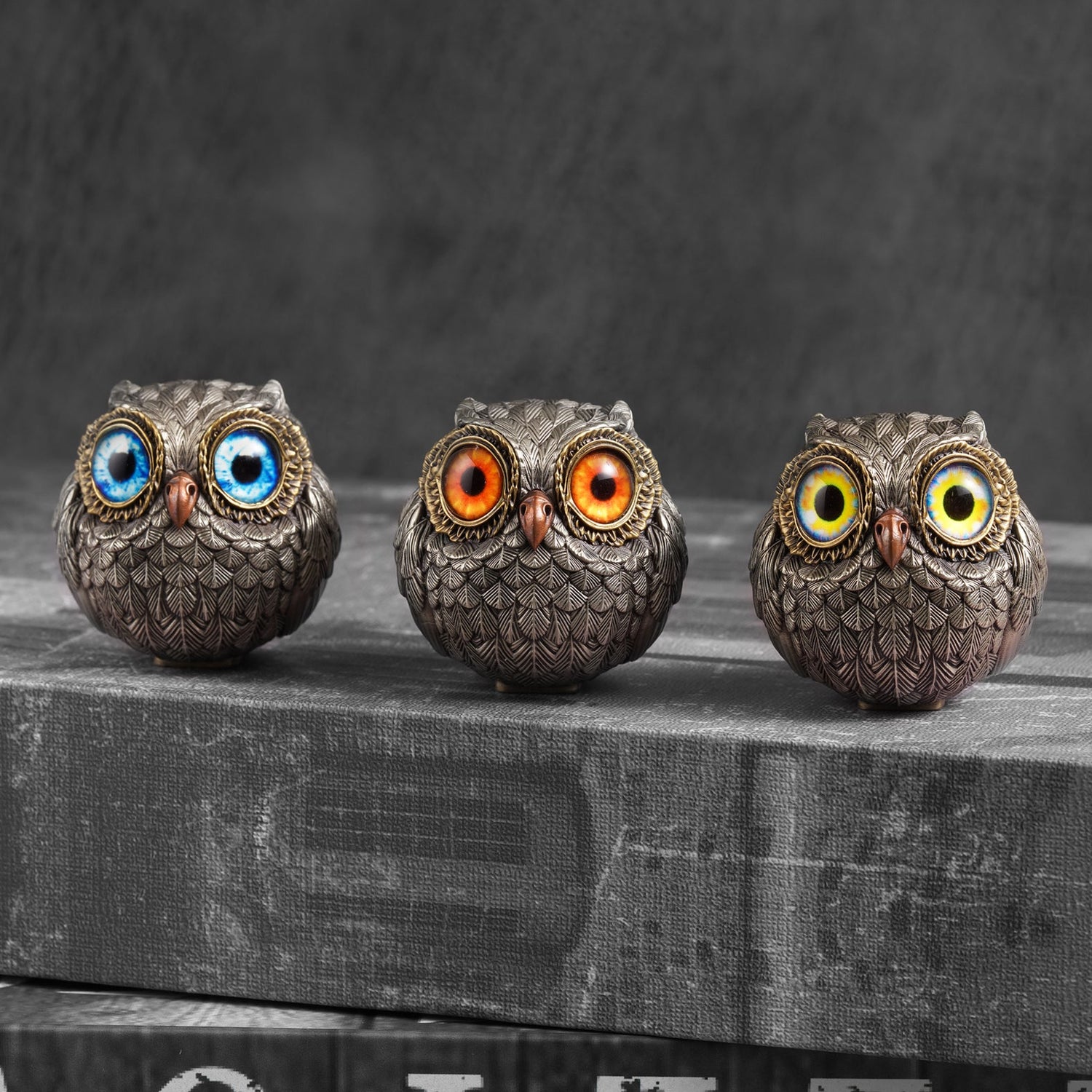Bronze has always held a special place in our hearts, cherished not just for its strength but for its timeless beauty. From statues to artful decor, bronze’s charm only deepens as it ages, thanks to the rich bronze patina that slowly blooms on its surface. But how long does it really take for bronze to achieve this distinct, captivating look? Let’s take a closer look at the journey of bronze patina formation as it ages and transforms, layer by layer.
What is Patina, and Why is It So Captivating?
Patina is more than just a surface layer; it’s the visible story of bronze reacting with its surroundings. This delicate layer forms over time as bronze—primarily made from copper and tin—undergoes oxidation with air, moisture, and even the touch of human hands. As days turn into years, the bronze oxidation process gives rise to a patina, each stage revealing a new facet of bronze’s personality.
The Stages of Bronze Patina Formation
Watching bronze develop a patina is like witnessing a journey from youth to maturity, with each stage of bronze patina development adding new depth and color:
- The Beginning (0-6 Months): In its first few months, bronze shows only subtle hints of change. A faint reddish-brown layer of copper oxide starts to appear—just a hint of the transformation to come.
- Early Patina (6 Months - 2 Years): As time goes on, bronze begins to wear the marks of its environment. Green and blue hues may start to emerge, as copper carbonate and copper chloride make their debut. These colors dance across the surface, bringing a unique vibrancy that only nature’s touch can provide.
- Mature Patina (2-10 Years): This is where the magic really happens. Over several years, the patina develops depth and richness. Deep greens, earthy browns, and vibrant blues meld together, creating a look that feels both storied and sophisticated. At this stage, the patina not only enhances beauty but serves as a protective shield, slowing the bronze oxidation process.
- The Legacy (10+ Years): As the years pass, the patina thickens and takes on new layers. This stage marks a journey well-traveled, prized for its historical and aesthetic value. Each layer tells a tale of time, weather, and human history, giving bronze statues and decorative pieces a truly unique character.
Factors Affecting Bronze Patina Formation
The formation of bronze patina doesn’t happen in isolation—it’s deeply influenced by the world around it. Here’s what shapes the journey:
- Environmental Conditions: The environment is a powerful force in patina formation. High humidity, salt air, and pollution can all speed up patina development. For instance, bronze displayed outdoors in a coastal area may develop its patina faster, showing beautiful shades of green and blue, while indoor pieces kept in dry, clean air might form patina more slowly.
- Bronze Composition: The specific alloy in a bronze piece also impacts how quickly the bronze patina forms. For example, bronze with higher copper content may oxidize differently than an alloy with more tin or other elements, affecting the patina’s color and depth.
- Exposure to Elements: Rain, sunlight, and pollutants accelerate the process. Bronze statues or objects exposed directly to the elements often display a quicker transition in their patina, while those in controlled environments have a subtler, slower transformation.
- Surface Treatment: Some artists apply specific chemicals or techniques to encourage patina formation, especially in decorative pieces. These methods not only accelerate patina on bronze but can also control its appearance, allowing artists to achieve precise colors and textures.

How to Speed Up Bronze Patina Formation?
If you’re looking to accelerate patina formation for artistic or aesthetic reasons, there are several effective techniques:
- Chemical Patination: This method uses acids or salts to mimic natural patina processes, allowing for a quick and controlled result. Many artists prefer this technique as it can bring out specific hues, creating a unique bronze patina look without the wait.
- Controlled Environment: You can create an environment that enhances bronze patina formation by increasing humidity or introducing certain pollutants. Think of it like a greenhouse for bronze, where careful monitoring lets you guide the patina’s development.
- Physical Abrasion: Lightly abrading the bronze surface exposes fresh metal, giving it a chance to react with the environment and develop patina more quickly.
Caring for Bronze with Patina
Once your bronze has achieved its desired patina finish, caring for it properly helps preserve both its beauty and history:
- Gentle Cleaning: Dust and dirt can dull its charm, so polish gently with a soft cloth, steering clear of abrasive cleaners that might harm the patina.
- Protective Coatings: Applying a clear protective layer can shield the patina while allowing it to breathe. This is particularly helpful for bronze statues or outdoor pieces, as it protects them from harsh elements, though it may slightly alter the patina’s appearance.
- Mindful Placement: Outdoor bronze can develop striking patinas, but consider using a cover during severe weather or placing it in a sheltered spot to maintain its delicate finish.
The time it takes for bronze to develop patina depends on various factors—environment, composition, and exposure to elements. While some pieces display a patina within months, others may take years to reach their fullest expression. For anyone who loves art, history, or simply the beauty of aged metal, the journey of bronze patina is a captivating look at how nature and time shape the world around us. Embrace this timeless transformation, and let each piece tell a story that resonates through both its form and its bronze patina.













